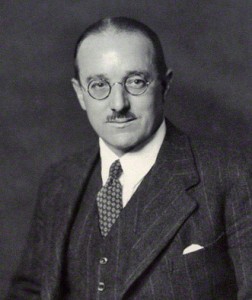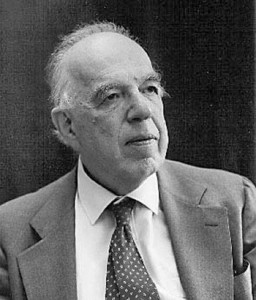Chapter One: Mystery
The Truth about Art is not a textbook. It does not survey the various attempts that have been made over the past three centuries to define art, and then indicate where each attempt falls short, given that no consensus exists on what constitutes art. This book is different in presenting a thesis on the nature of art, which it tests against the evidence of experience and history. The truth is that art reflects value. An artefact becomes a work of art insofar as we can recognize and acknowledge its quality. A bad work of art is an oxymoron, like bad skill.
Art became a Mystery – the title of Chapter 1 – when the term was misapplied to designate a category of objects or a class of activities. That fateful error was made in the mid-eighteenth century, when classical sculpture in its entirety was first labelled ‘art’. Earlier in that century the fine or beaux arts had been defined as a category, so that dropping the qualifier ‘fine’ allowed them to slip under the new label. It had been otherwise in previous centuries. No general label for painting, sculpture, and architecture had existed in Renaissance Italy, where the practitioners of those arts were not called artists. In ancient Greece Plato had referred to shoemaking, steering a ship, and medicine as arts. He was also notoriously dismissive of painting and poetry, since those arts, he argued, lacked knowledge. The confusion of art with knowledge was a legacy of classical philosophy that would bedevil the Western intellectual tradition.
The book starts where we are today, baffled by the meaning of art, because we do not recognize quality as its distinguishing characteristic. It then begins to untangle the multiple threads that have tied our thinking about art into such knots. We admit a broad distinction between Art as a transcendental mystery, which commands reverence, and the countless everyday activities loosely called arts, which attract little attention. In 1937 the philosopher R.G. Collingwood (fig. 1.1) rejected the ‘vulgar error’ of granting mundane occupations the same title as ‘art proper’. Yet in 1950 E.H. Gombrich (fig. 1.2) famously declared that there is no such thing as the latter, Art with a capital A, without indicating what he thought of the former. Only in 1974 did the multitude of unassuming arts gain a champion in Robert M. Pirsig, whose Zen and the Art of Motorcycle Maintenance offered a ground-breaking investigation into quality. Despite the admiration that his book has attracted among many thoughtful people, Pirsig’s case for art as high-quality endeavour has been ignored by art historians, so it receives due consideration in this book.



